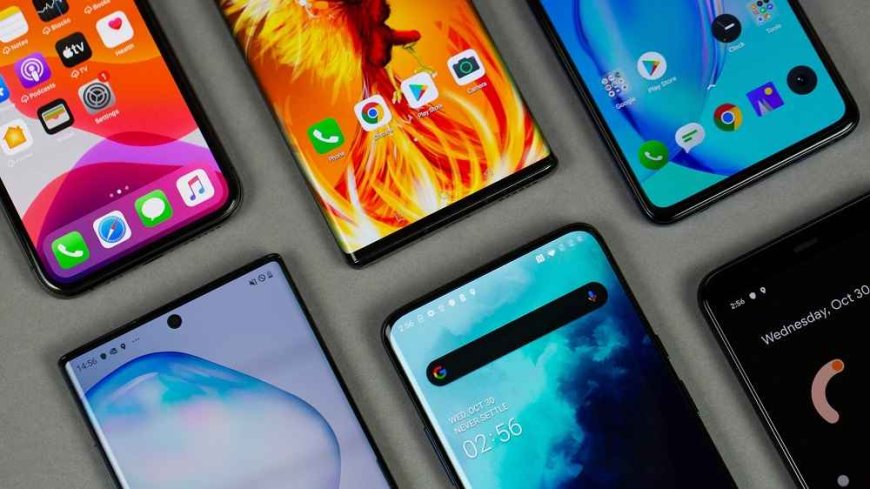The Factors Behind High Mobile Phone Prices in Pakistan
The mobile phone industry has revolutionized the way we communicate, access information, and conduct business. However, in Pakistan,

The mobile phone industry has revolutionized the way we communicate, access information, and conduct business. However, in Pakistan, the cost of owning a mobile phone is often higher than in many other countries. The reasons behind the relatively expensive mobile phones in Pakistan are multi-faceted and intertwined with several factors that need careful analysis. In this article, we will delve into the main reasons why mobile phones are expensive in Pakistan.
Import Taxes and Tariffs
One of the primary reasons for the high cost of mobile phones in Pakistan is the imposition of heavy import taxes and tariffs. When mobile phones are imported into the country, they are subject to various duties and taxes levied by the government. These taxes significantly contribute to the final retail price of the devices, making them more expensive for consumers.
Currency Fluctuations
Currency fluctuations can play a major role in influencing mobile phone prices in Pakistan. The fluctuating exchange rates can impact the cost of importing mobile phones, leading to price fluctuations in the local market. If the Pakistani Rupee weakens against major foreign currencies, the cost of importing mobile phones increases, directly affecting the retail prices.
Lack of Local Manufacturing
A major factor contributing to the expensive mobile phones in Pakistan is the absence of a significant local manufacturing industry. Most of the popular mobile phone brands are manufactured in countries like China, Korea, and India, and then imported into Pakistan. The lack of local production leads to increased import costs, which are eventually transferred to consumers.
Distribution and Supply Chain Costs
The distribution and supply chain costs also play a significant role in the overall price of mobile phones in Pakistan. The logistics involved in moving devices from manufacturers to retailers can be expensive, especially considering the vast geography and infrastructural challenges in the country.
Brand Value and Positioning
Branding and marketing strategies adopted by mobile phone manufacturers also impact the pricing of their devices. Premium brands with a strong global presence tend to position their products as high-end, luxury devices, and they command higher prices as a result. Consumers are often willing to pay a premium for well-known brands, contributing to the overall expensive mobile phone market in Pakistan.
Lack of Local Research and Development
A lack of significant research and development facilities in Pakistan means that the country is not a hub for innovation and design in the mobile phone industry. R&D costs are often passed on to consumers, leading to higher prices for the end products.
Government Regulations
Government regulations can also have an impact on mobile phone prices in Pakistan. For instance, strict certification requirements and quality standards can lead to higher compliance costs for manufacturers, which eventually affect the retail prices of mobile phones.
Economic Factors
The overall economic conditions of the country also influence mobile phone prices. In times of economic instability, consumers may be more price-sensitive, leading to fluctuations in demand and supply, which, in turn, can impact prices.
Import Volume and Duties
The volume of mobile phone imports can also play a role in pricing. Large-scale imports might lead to lower duties per unit, which could result in more competitive prices. Conversely, low import volumes could increase per unit duties and taxes, making mobile phones more expensive.
Brand-Specific Pricing Strategies
Different brands may adopt varying pricing strategies based on their target market and positioning. Some brands may offer competitive pricing to gain market share, while others may emphasize exclusivity and premium features, justifying higher prices.
In conclusion, the expensive mobile phone market in Pakistan is influenced by a combination of factors, including import taxes, currency fluctuations, lack of local manufacturing, distribution costs, brand value, and government regulations. The absence of a local research and development ecosystem and economic factors also contribute to the overall pricing dynamics. While the situation may seem challenging, it is essential to consider the costs associated with providing quality products and services to consumers. As the country progresses and the mobile phone industry evolves, there may be opportunities for competitive pricing and enhanced affordability for consumers in Pakistan.
